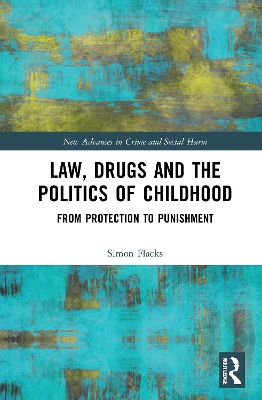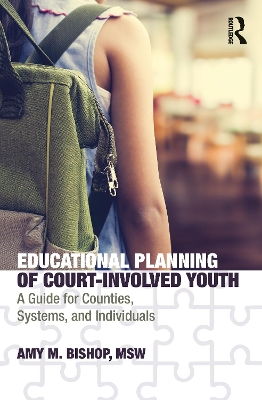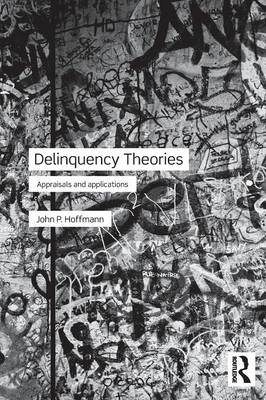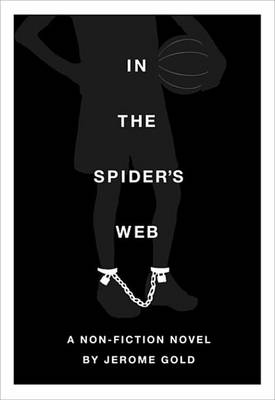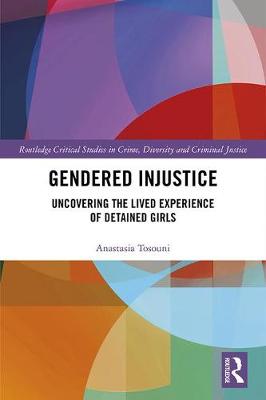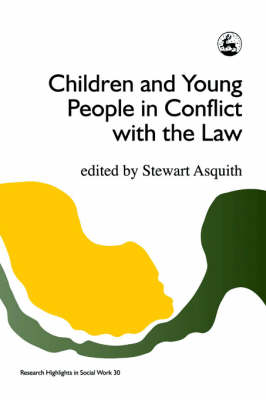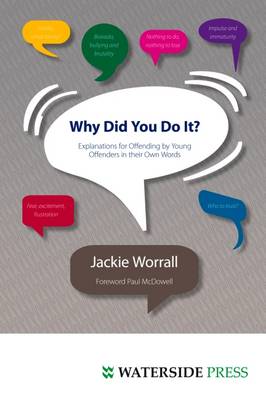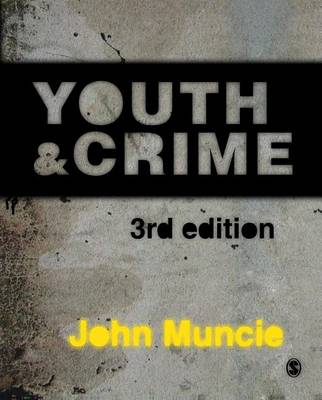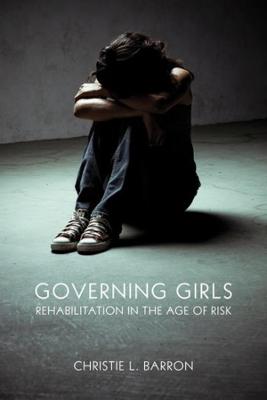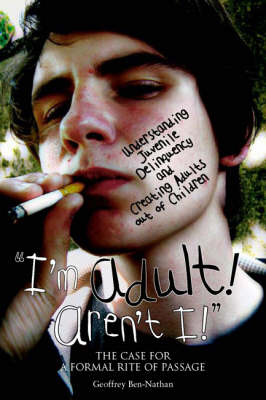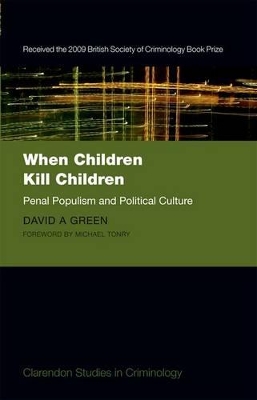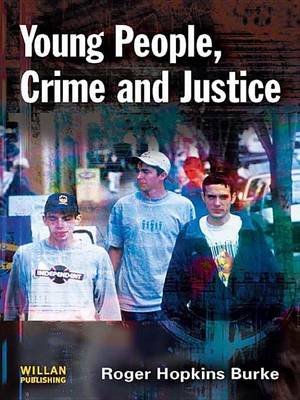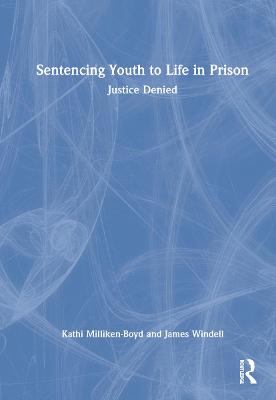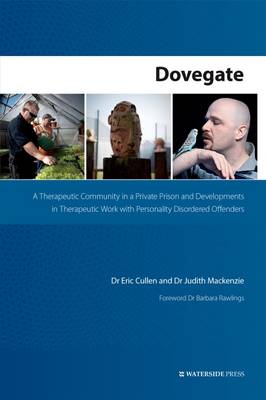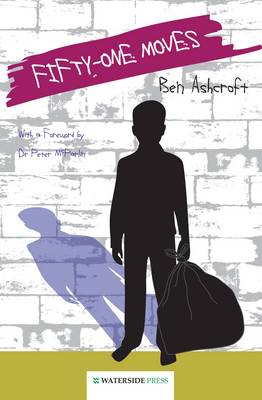Law, Drugs and the Politics of Childhood (New Advances in Crime and Social Harm)
by Simon Flacks
Debates about the regulation of drugs are inseparable from talk of children and the young. Yet how has this association come to be so strong, and why does it have so much explanatory, rhetorical and political force? The premise for this book is that the relationship between drugs and childhood merits more exploration beyond simply pointing out that children and drugs are both ‘things we tend to get worried about’. It asks what is at stake when legislators, lobbyists and decision-makers revert to...
Educational Planning of Court-Involved Youth provides a framework for alleviating chronic barriers for youth in the child welfare and juvenile justice systems. This guide combines best-practice recommendations from national research with direct service tactics employed successfully in multiple counties. Included are the necessary components to implement a collaborative, community-centered intervention system that meets the needs of the county, family, and individual. With the understanding that...
Bob Turney must be the first 'dunce'-and from the wrong side of the tracks-to win a debate at the Oxford Union, to have addressed assembly at Eton College, been welcomed as a guest at No. 10 Downing Street, dined at the House of Lords and whose existing writings are in regular use at universities in the UK and abroad. In this captivating and very readable book Bob tells how he overcame multiple disadvantages: dyslexia, being wrongly categorised as educationally subnormal, drug and alcohol misuse...
Delinquency Theories: Appraisals and applications provides a fulsome and accessible overview of contemporary theories of juvenile delinquency. The book opens with a comprehensive description of what a theory is, and explains how theories are created in the social sciences. Following on, each subsequent chapter is dedicated to describing an individual theory, broken down and illustrated within four distinct sections. Initially, each chapter tells the tale of a delinquent youth, and from this exa...
Without strong proof, policy advocates along with some scholars have causally linked declines in juvenile offending and incarceration with evidence-based and rehabilitation-oriented policy reform. Such studies have called for a shift back to rehabilitative ideals augmented by innovative strategies that emphasize cultures of care, and in the cases of system-involved girls, ‘gender-responsive’ programs, anchored in feminist literature. These programs have also caught the attention of feminist scho...
Children and Young People in Conflict with the Law (Research Highlights in Social Work)
The contributors to this volume examine the range and nature of problem behaviours among children and young people and the changing nature of their offending, which is reflected in the ongoing examination of philosophies, practices and policies and the tension between `welfare' and more traditional `justice and punishment' approaches. They recognise the increasing obligation of recognising the rights of young people who offend and trace the relationship between explanations of offending by this...
Setting these stories within the context of an astute knowledge of criminal - and more particularly youth justice - policy she conveys to her readers an understanding of how and why young people become offenders going far beyond that to be gained from standard interpretations of the statistics or theoretical works of criminology. Why Did You Do It? contains raw, first-hand accounts of the young people involved. These are stories which cast a somewhat different light on youth offending to that so...
Developments in Social Work with Offenders (Research Highlights in Social Work)
by Peter Raynor and Gill McIvor
Developments in Social Work with Offenders explains the organisational and legislative changes that have occurred in social work and probation across the UK in the past 10 years, in the context of the accumulating body of knowledge about what constitutes effective practice in the assessment, supervision and management of offenders in the community.Three different aspects of working with offenders are covered: developments in policy; assessment, supervision and intervention; and issues and needs....
'In Youth and Crime, John Muncie accomplishes the extraordinarily difficult feat of covering a huge territory, introducing his subject matter in an accessible form, and yet offering original analysis and insight. This is a wonderfully accomplished textbook which leaves its rivals standing. The Third Edition is everything we have come to expect of its predecessors but with the added bonus that it is completely up to date and has new material on youth victimology and comparative youth justice. An...
In recent years there has been significant media hype and moral panic over assaults and violent crimes perpetrated by young women. The governmental response to control crime and to provide protection to citizens has taken various, often contradictory, forms. The current research agenda on controlling youth violence in Canada, especially in light of provisions in the Youth Criminal Justice Act, is focused on risk assessment. The approach, however, ignores how “risk” is a socio-cultural phenomenon...
Justice for Girls? (Adolescent Development and Legal Policy (CHUP)) (Adolescent Development and Legal Policy)
by Jane B Sprott and Anthony N Doob
For over a century, as women have fought for and won greater freedoms, concern over an epidemic of female criminality, especially among young women, has followed. Fear of this crime wave - despite a persistent lack of evidence of its existence - has played a decisive role in the development of the youth justice systems in the United States and Canada. "Justice for Girls?" is a comprehensive comparative study of the way these countries have responded to the hysteria over 'girl crime' and how it h...
The first special juvenile court was created in 1899. Since then,juvenile justice has had a chequered history, and is now more controversial than ever. Should our treatment of young offenders differ in its aims or principles from that of adult offenders? What role should ideas of punishment or retribution play? Should our aims be rehabilitative and educative rather than punitive? Should we divert young offenders from the criminal justice system altogether, opting for 'restorative' rather than 'r...
When Children Kill Children (Clarendon Studies in Criminology)
by David A. Green
When Children Kill Children: Penal Populism and Political Culture examines the role of political culture and penal populism in the response to the emotive subject of child-on-child homicide. The book explores the reasons underlying the vastly differing responses of the English and Norwegian criminal justice systems to the cases of James Bulger and Silje Redergard respectively. Whereas James Bulger's killers were subject to extreme press and public hostility, held in secure detention for nine m...
This book is about the involvement of young people in criminality and the subsequent response of the authorities to their activities. It provides a comprehensive and detailed introduction to these themes, and is intended primarily for second- or third-level undergraduates or those commencing postgraduate studies in this area. It is also an extremely useful textbook for students taking courses in youth justice or training for work in the youth justice system. The book is divided into three parts:...
This book analyzes the impact of the U.S. Supreme Court rulings deeming juvenile life without parole (LWOP) sentences to be cruel and unusual punishment. These Court decisions brought about controversy and resistance in the criminal justice field, while at the same time providing hope for those 2,300 people who never thought they had a chance to experience life as an adult outside prison. By looking in depth at the lives of some of the individuals serving life terms, and understanding both the p...
This pocket-sized guide can be taken conveniently to meetings, interviews and visits, to be used as a quick reference point for information about the practical application of restorative justice.The book covers every stage of the process, from how a facilitator should prepare for taking on a new case, through initial contacts with victim and offender and facilitating meetings, to recording and evaluating a case. While acknowledging throughout the different possible ways of proceeding, the author...
The only book on Dovegate TC Contains first-hand insider accounts by staff and inmates Describes the latest developments in TC work Provides extensive data and references A closely observed account of the UK's first private sector prison-based Therapeutic Community (TC) - a 200-bed facility. The book considers: the background to and regimes at Dovegate; modern developments in TC work with (often high-risk) offenders; the differences between Dovegate, Grendon and other UK prison-based TCs; priva...
Going Straight is the flagship publication behind the launch of Unlock, the National Association of Ex-Offenders. It contains revealing interviews with people who have ‘succeeded’ after prison and in some cases a ‘criminal career’. The book looks at a range of offenders who have changed their way of life. They include famous, notorious, creative and ordinary people who were prepared to talk about the turning point in their lives when they left crime behind. Their candid explanations about how th...
It is shocking that although just one per cent of children are taken into care by local authori-ties, almost 30 per cent of prisoners have been in care. Ben Ashcroft's heart-rending account of abandonment, loneliness and rejection in family life, the care system and beyond begins at age nine and ends with him turning his life around after being moved from pillar to post, crime, drugs, 'going missing' and custody. Ten years on, he works to motivate young people from similar backgrounds to believe...
A nation of great resources, the United States is confronted all too often with headlines about shootings in schools and with the unsettling reality that homicide rates for juveniles far exceed that of other industrialized nations. The challenge of reducing youth violence has prompted a flurry of commentary, legislative activity, and scholarly studies -much of it skewed by lurid pronouncements, alarmist sentiments, and misleading categorizations. Focusing on the role of institutions in combatin...
